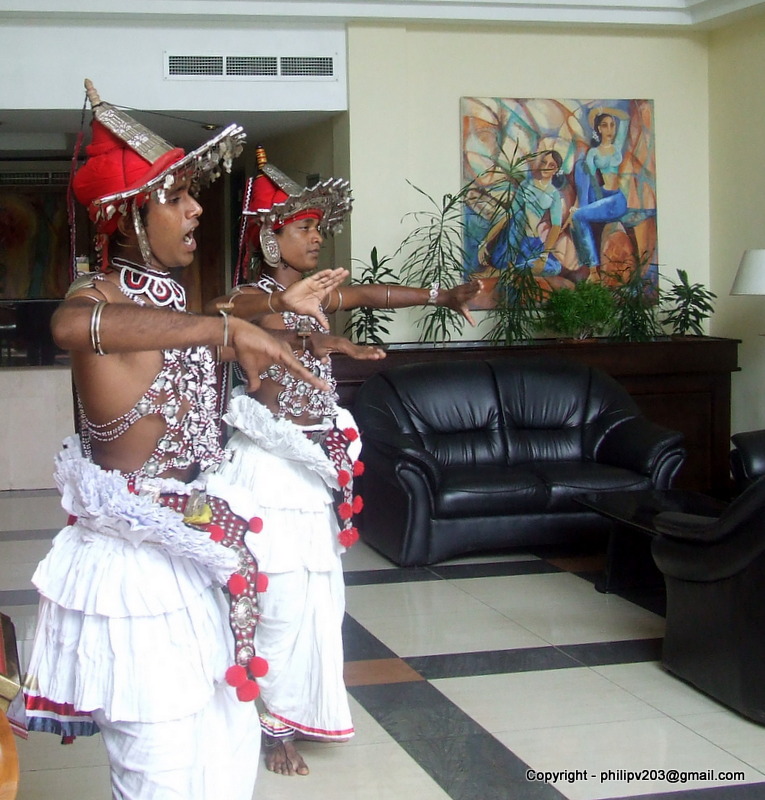When some bhikkus expressed disagreement and dissatisfaction with opinions and decisions supported by bhikkus of Mahavihara, they had to establish separate sects. Thus they broke into Abhayagiri Nikaya and Jethavana Nikaya creating a major religious dissension.
At this critical juncture, King Mahasena strongly opposed the Bhikkhus of Mahavihara and supported the dissents because Mahavihara Bhikkhus had refused to endorse some of the ideas put forward by the King.
King Mahasena built Jethavana Stupa and 'Aramaya' on 'Nandana Uyana' in the premises of Mahavihara and ceremonially dedicated it to Tissa Thera. However, Tissa Thera's acceptance of Jethavana led to his immediate expulsion from Mahavihara and subsequent events gave birth to a new sect called 'Jethavana Nikaya'.
This Buddhsi sect flourished under the fullest royal patronage by King Mahasena who repeatedly favoured Tissa Thera to the disadvantage of Mahavihara bhikkhus.
The project of Jethavana Stupa did not near completion during the reign of Mahasena. King Keerthi Sri Meghavarna (Son of Mahasen) completed building of the Stupa partially erected by his father.
King Mahasen's Jethavana is ranked perhaps the world's most gigantic brick structure which originally had a height of 300 feet. But a part of its pinnacle (Kotha) has broken leaving a height of 252 feet to the currently renovated Stupa from its base -
http://www.sundayobserver.lk/2012/06/17/imp04.asp



